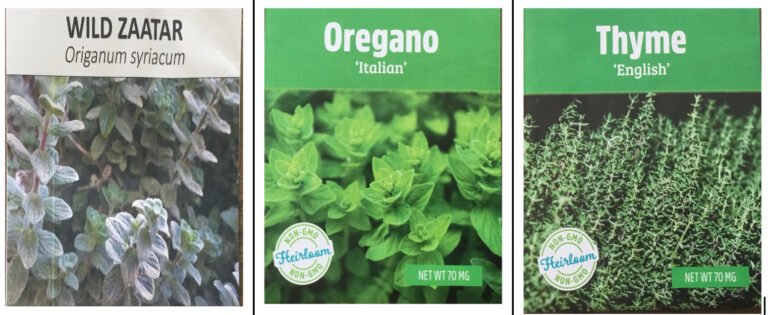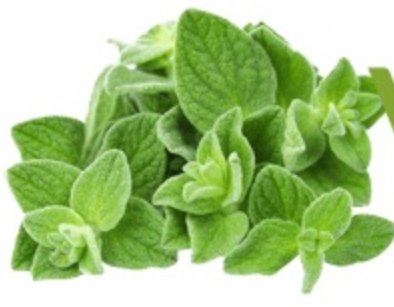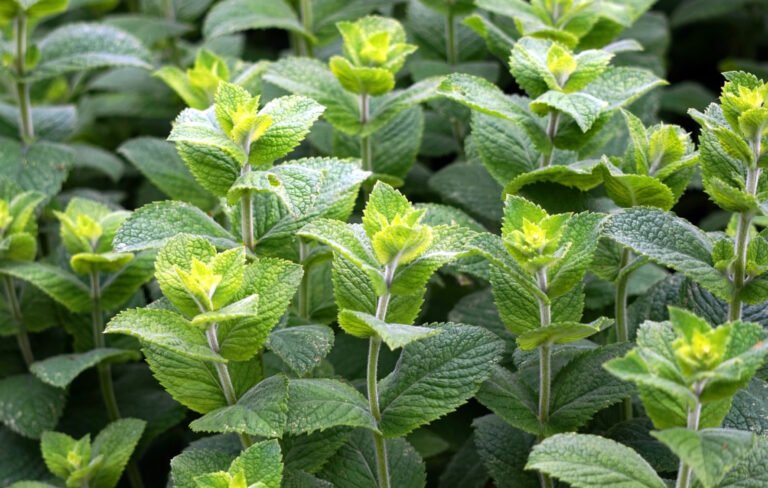When and how can we plant and care for lemon tree?


Planting and Caring for a Lemon Tree
Lemon trees are rewarding to grow but require specific conditions to thrive. Here’s a guide on when and how to plant and care for them, along with the best soil type and key points for success.
1. When to Plant a Lemon Tree
- Outdoors: Plant lemon trees in spring after the danger of frost has passed. In warm climates (USDA Zones 9-11), you can plant them almost year-round.
- Indoors: Lemon trees can also be grown indoors in containers, allowing flexibility in planting time, though spring is ideal for starting.
2. How to Plant a Lemon Tree
- Location:
- Choose a sunny spot that gets at least 6-8 hours of full sunlight daily.
- Lemon trees need good air circulation but should be sheltered from strong winds.
- Planting in the Ground:
- Digging the Hole: Dig a hole that is twice as wide as the root ball and as deep as the container the tree comes in.
- Soil Preparation: If your soil is heavy clay or poor quality, amend it with organic compost or sand for better drainage.
- Planting: Place the tree in the hole, ensuring the root crown is slightly above the soil line. Backfill with soil, gently firming it around the roots.
- Planting in Containers:
- Use a container with good drainage holes, at least 14-18 inches in diameter.
- Fill with a well-draining potting mix, and place the tree at the same depth it was in the original container.
3. Soil Type for Lemon Trees
- Well-Draining Soil: Lemon trees thrive in well-draining soil to prevent waterlogging and root rot.
- pH Level: The ideal pH for lemon trees is slightly acidic, between 5.5 and 6.5.
- Soil Composition: A loamy or sandy soil mixed with organic matter (such as compost) is perfect for promoting growth while allowing proper drainage.
- For Container Plants: Use a high-quality potting mix with good aeration, and consider adding sand or perlite to enhance drainage.
4. Key Points for Planting and Caring for Lemon Trees
Planting:
- Sunlight: At least 6-8 hours of direct sunlight daily.
- Spacing: If planting multiple trees, space them 12-25 feet apart, depending on the variety.
- Depth: Plant the tree at the same depth as in the container, ensuring the root crown is slightly above the soil surface.
Caring:
- Watering:
- Keep the soil consistently moist but not waterlogged. Water deeply once the top 1-2 inches of soil are dry.
- In containers, water more frequently as the soil tends to dry out faster.
- Fertilizing:
- Use a citrus-specific fertilizer or a balanced 6-6-6 fertilizer every 4-6 weeks during the growing season (spring through summer).
- Reduce feeding in fall and winter when the tree enters dormancy.
- Pruning:
- Prune in late winter or early spring to remove dead or weak branches and shape the tree.
- Regular pruning promotes better airflow and sunlight exposure, which encourages fruit production.
- Mulching:
- Apply organic mulch around the base of the tree to help retain moisture, suppress weeds, and regulate soil temperature. Keep the mulch a few inches away from the trunk to prevent rot.
- Pest and Disease Management:
- Common pests include aphids, spider mites, and scale insects. Treat with neem oil or insecticidal soap if necessary.
- Keep an eye out for root rot (from overwatering) and citrus greening. Ensure proper drainage and monitor for disease symptoms.
- Temperature Sensitivity:
- Lemon trees are sensitive to cold temperatures. If you live in a region with cold winters, consider growing them in pots so they can be brought indoors during frost or winter.
- Harvesting:
- Lemons are typically ready for harvest 6-9 months after flowering, once they reach their mature color (bright yellow).
- Test for ripeness by gently squeezing—ripe lemons will give slightly under pressure.
By following these guidelines and focusing on proper sunlight, soil, and care, you’ll enjoy a healthy and productive lemon tree!





